When your child first starts school, your guidance will be an integral part of their homework routine. But as they move through the year groups they begin to tackle homework independently. A functional and appealing study area is a great way to support and encourage them to keep up to date with their studies.
The study area you create is dependent on the space you have available, what furniture items you might already have, and budget, but there are some key principles to consider.
The space
The size and layout of your home will obviously be the key factors when choosing the study space. If you have options, try to find a space that is as free from distractions as possible, but not too far away from the kitchen / living area. This means they don’t feel as if they are being banished, but allows them to concentrate.
If at all possible, it is a good idea to have the study space separate from their bedroom so that they can have a complete break away from school work when needed.
View this post on Instagram
The size
As schooling goes more online, and laptops become smaller, the size of the space is no longer as important as when they had to spread out both an exercise and text book plus stationery.
If you can, choose a desk deep enough to hold a separate screen (or two!) and keyboard if this is your child’s preference. Have it set up so they can sit straight on to the work space – if they are using their laptop don’t have it angled on the corner of the desk.
A big screen is better for their eyes and posture as they are likely to have their head up more. If you don’t have a large screen consider a wee shelf to pop the laptop on.
Power it
Make sure there is a power source nearby so they can easily plug in and charge their laptop (and phone) as they are working. That’s one more excuse for procrastination eliminated!
Lighting
Even though laptops are backlit, it’s much better to be studying in a properly lit area and this is even more essential if they are doing book work. Natural light is the best but in the absence of that, alternate light sources are needed. Ensure that the main light source is not behind them and therefore throwing a shadow over their work. A free standing, adjustable light doesn’t take up any desk space and can be moved as needed.
The Chair
Check with your child if they prefer a fixed leg chair, one with wheels, or even an exercise ball. A comfy chair, that can adjust as they grow will be a valuable addition.
Storage
The need for storage is not as great as it used to be but the kids still have a surprising amount of books or stationery. Drawers and shelves are the best option for helping to keep the work space as distraction free as possible. Add in a pen / pencil holder for the desk too.
Planning
Pop an annual wall planner up and mark off holidays and other key dates. Encourage them to put up due dates as they come up. This is a great way to help them plan, as well as visualize the year ahead.
View this post on Instagram
Decor
Finally, if you can, decorate the space in a way that is welcoming and comforting for your child.
They will likely have an opinion, so involve them in this design phase, let them choose a few decor items and they will more likely be happier to sit there for a bit!
What is your best tip for a study space?
See more:
 Written by Robyn
Written by Robyn
Robyn creates content on Kidspot NZ. Her hobbies include buying cleaning products and wondering why things don’t then clean themselves, eating cheese scones with her friends, and taking her kids to appointments.
Favourite motto to live by: “This too will pass”

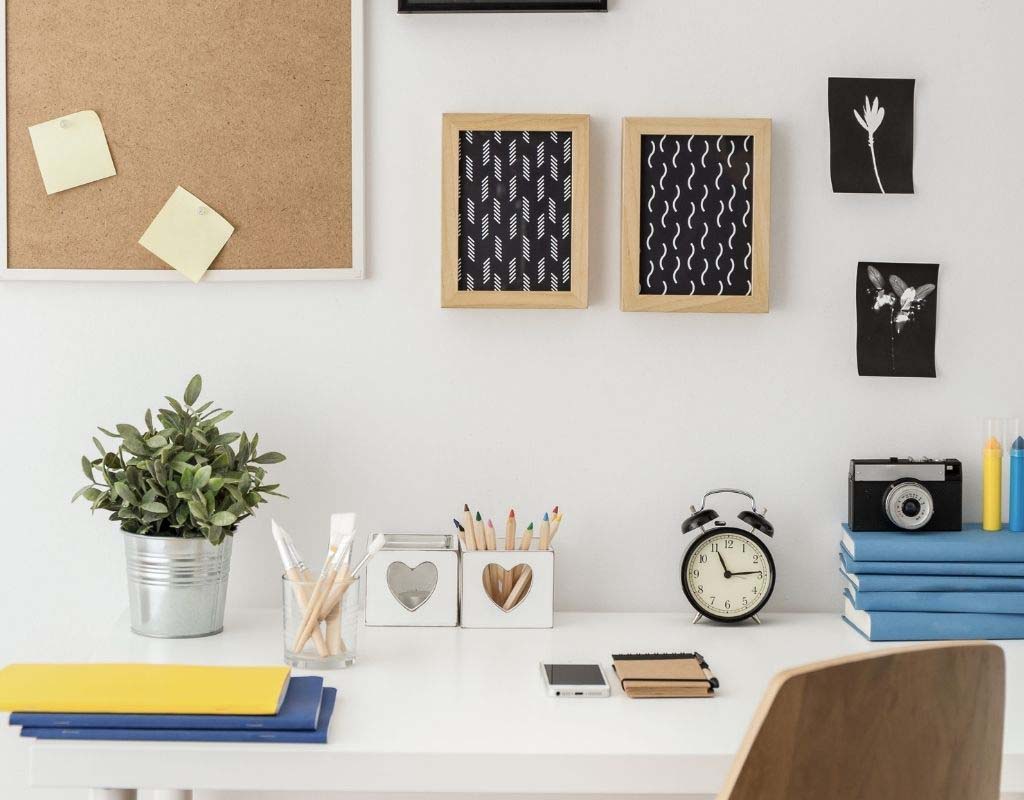
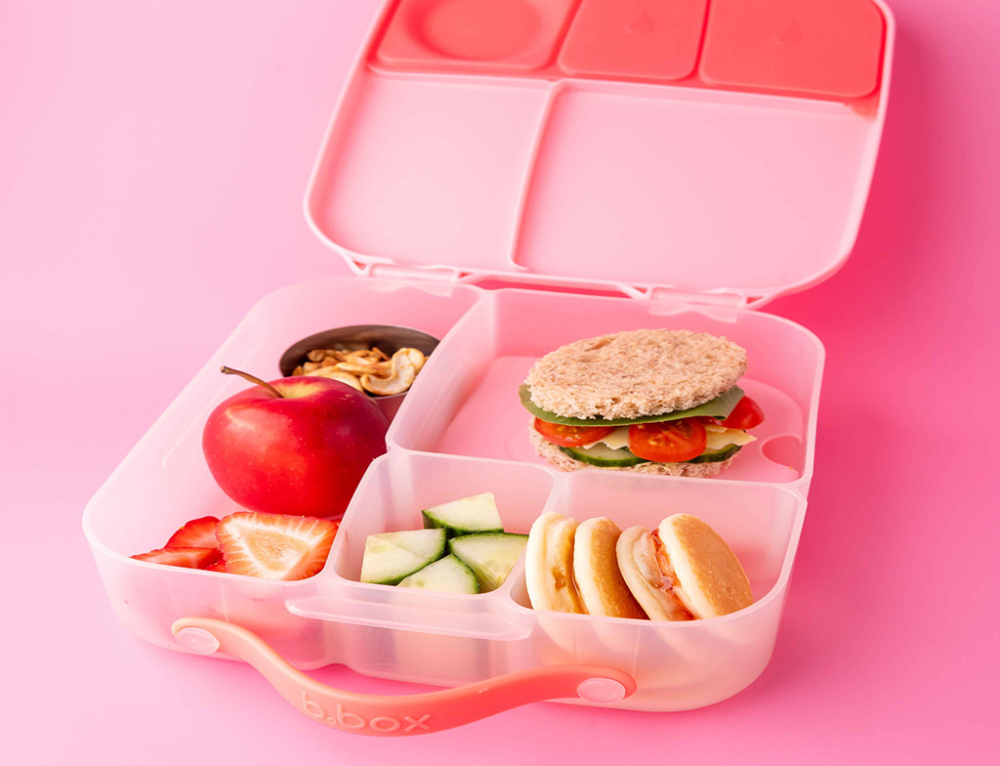
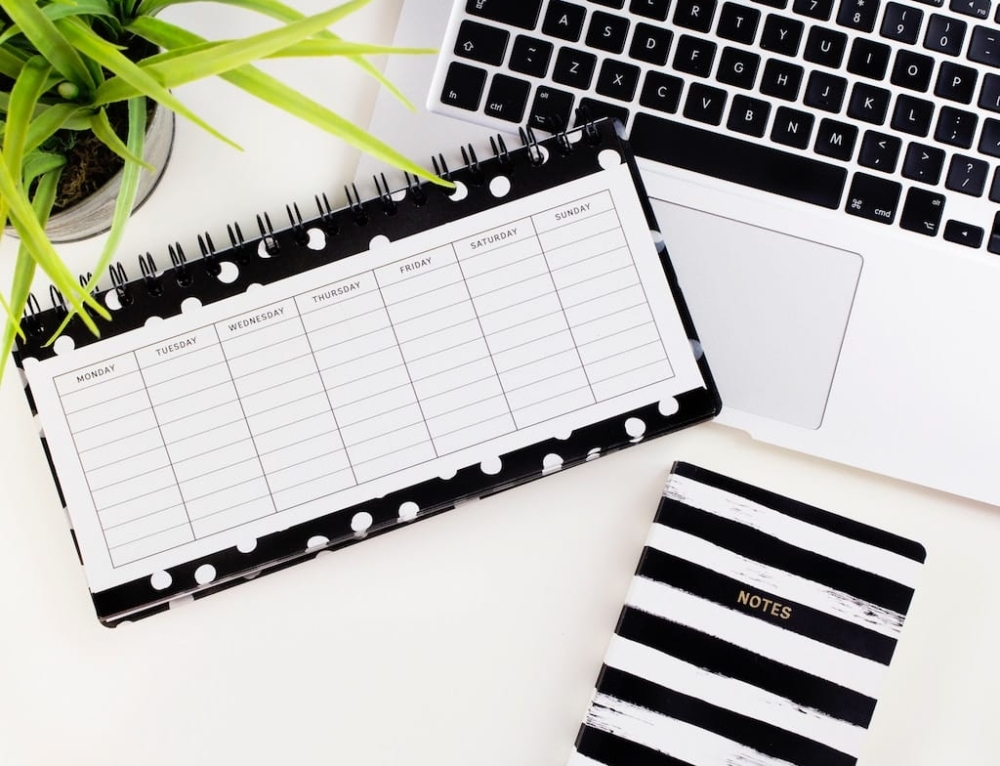
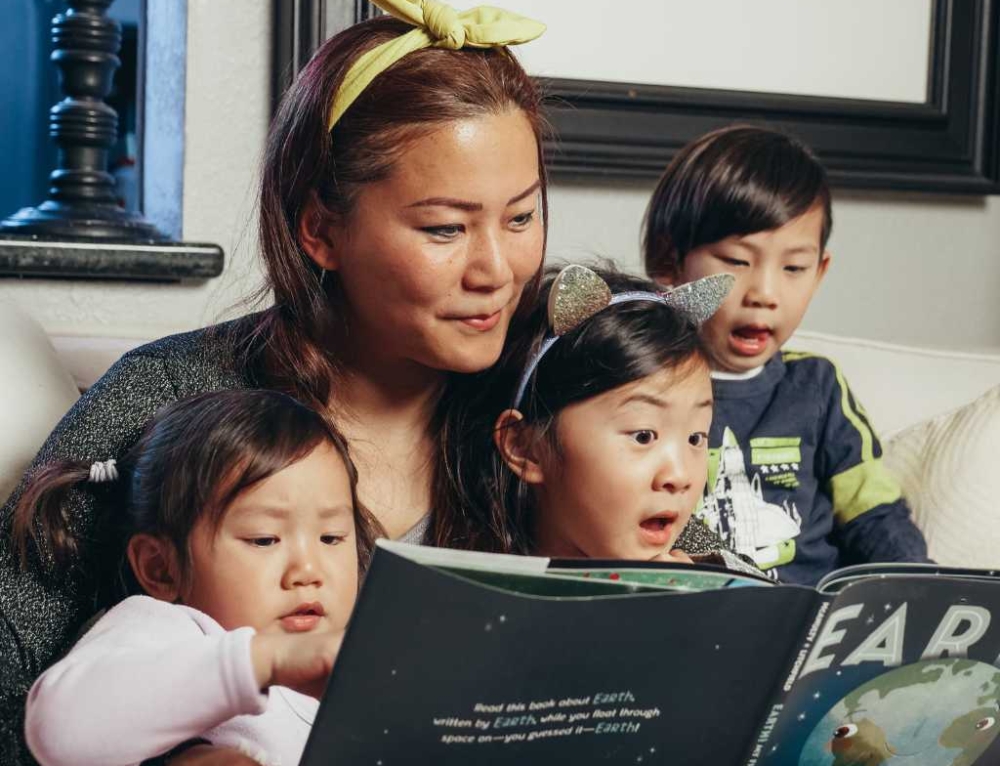
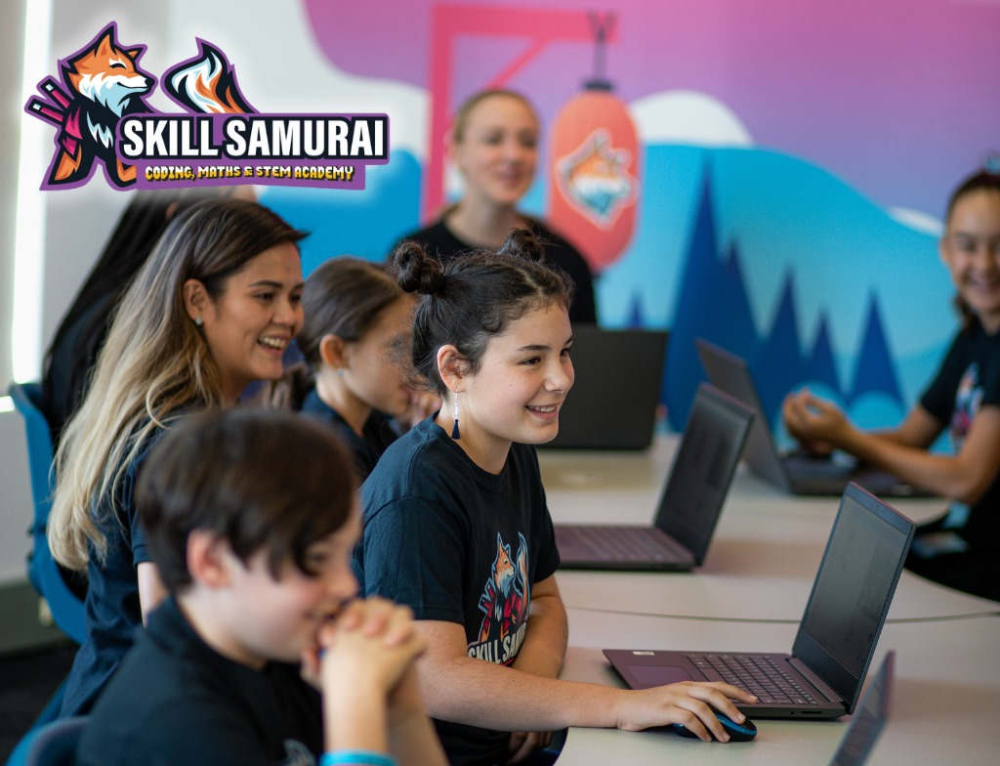

Leave A Comment
You must be logged in to post a comment.